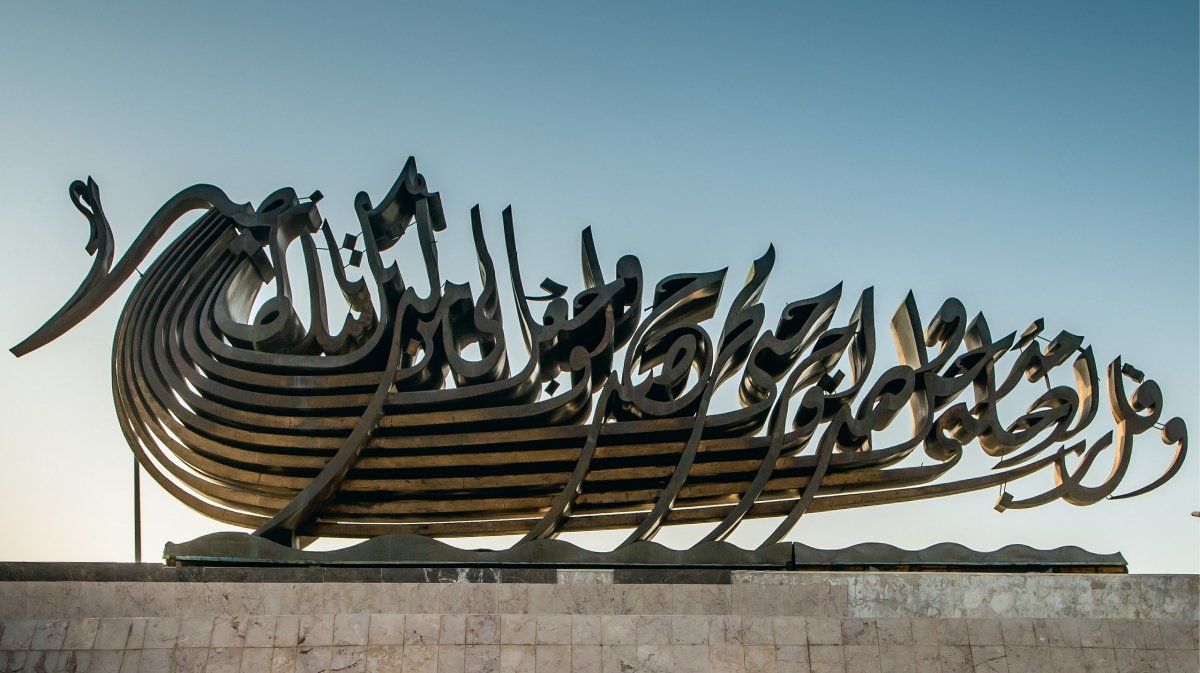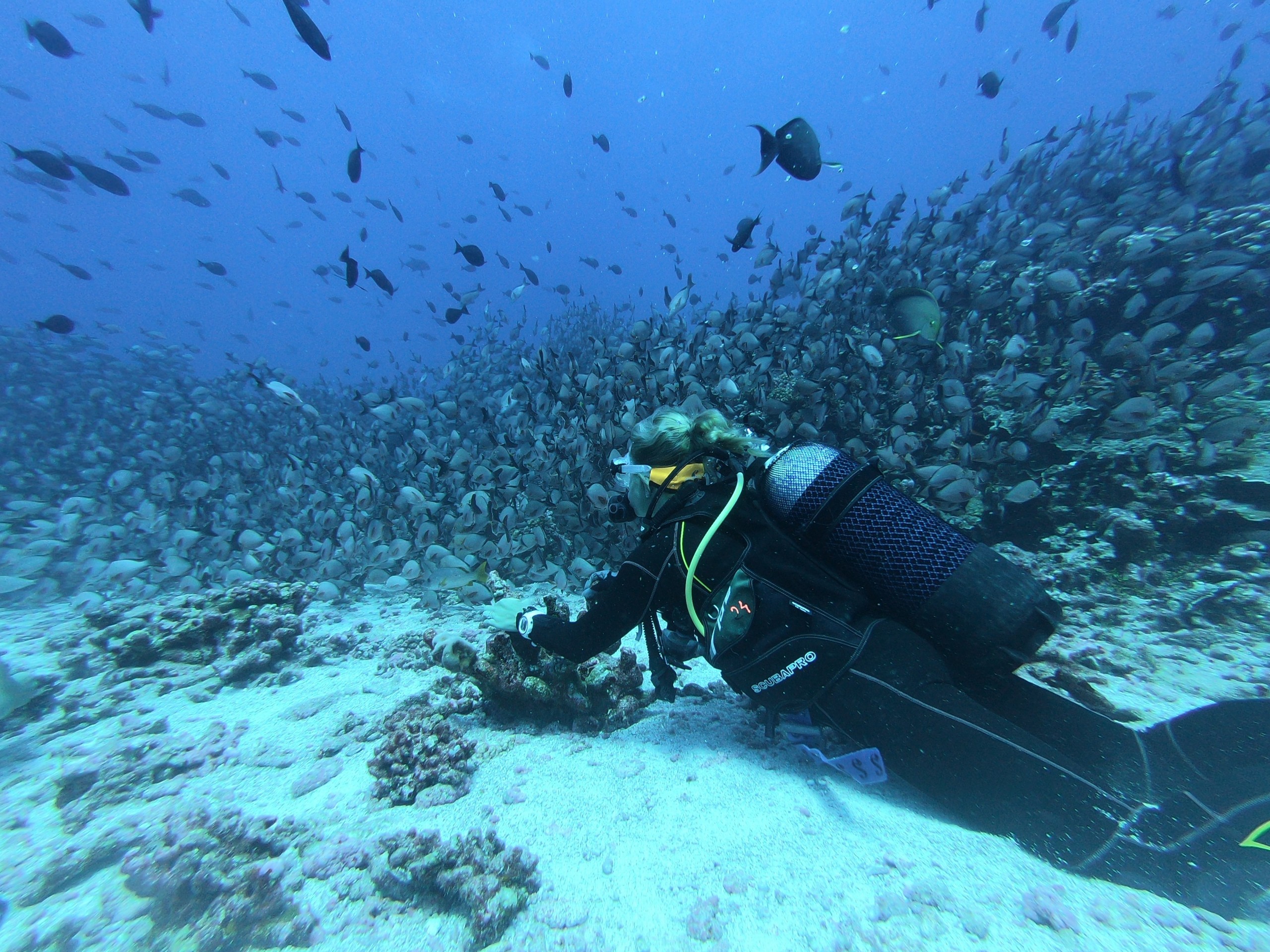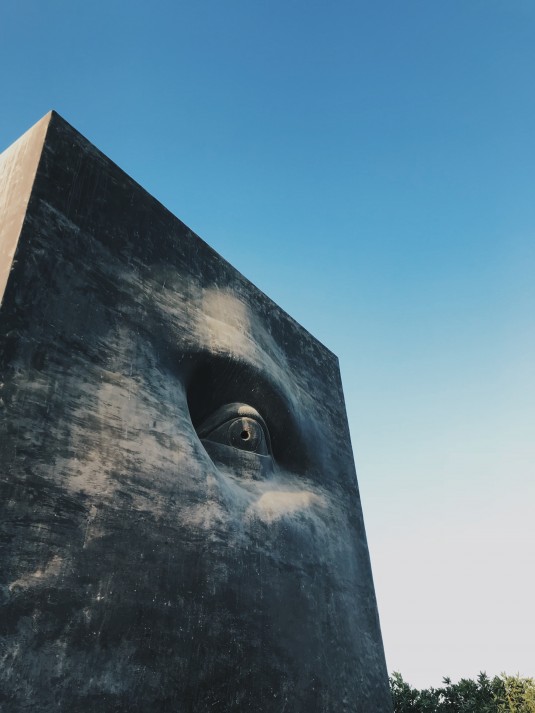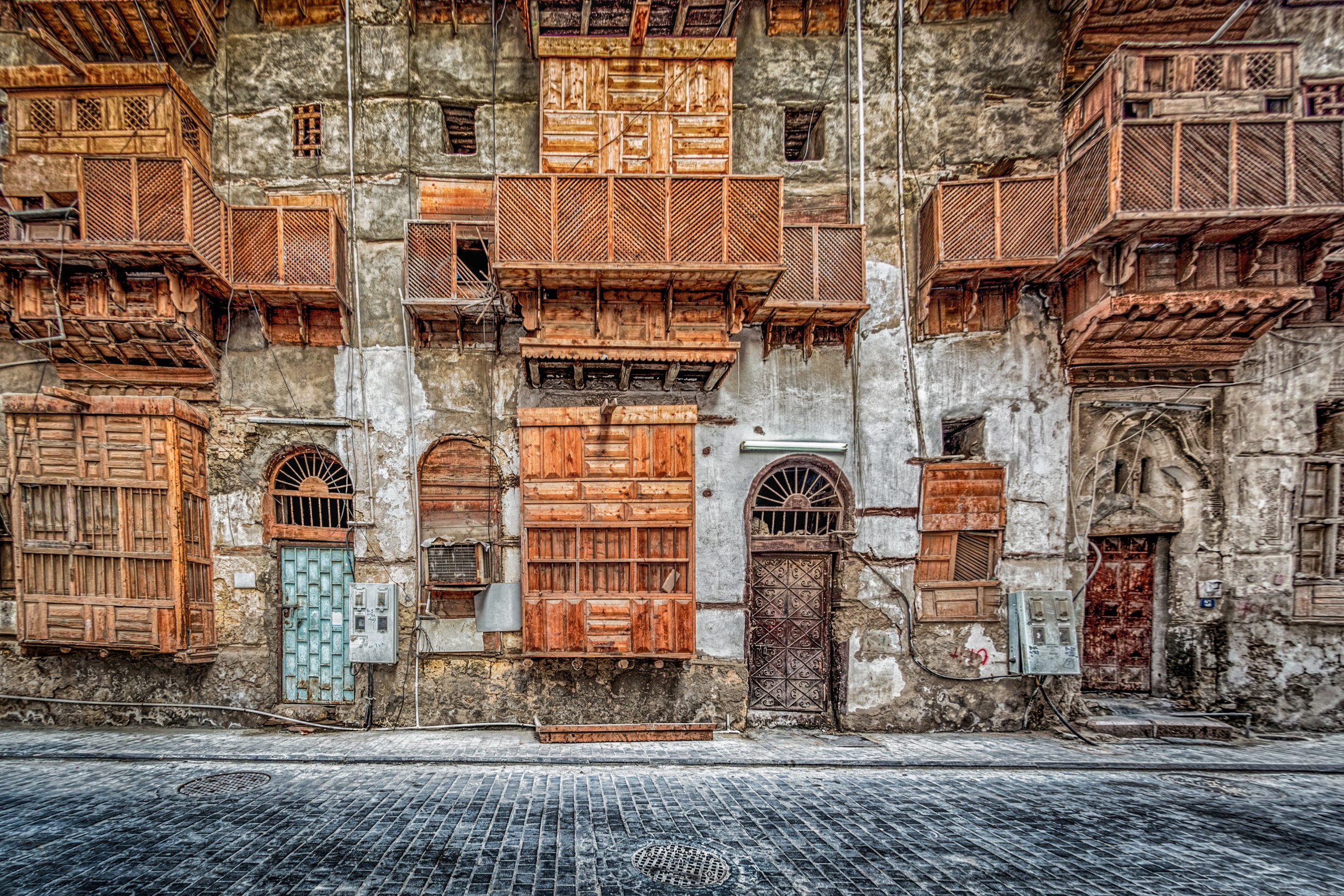24 Hours in JeddahVEEN Scene 014

24 Hours in Jeddah, Saudi Arabia’s burgeoning capital of cool
Nicknamed the Bride of the Red Sea, Jeddah has an enviable waterfront position along Saudi Arabia’s western coastline, and generations of travellers have fallen in love with this laid-back port city. Jeddah is seen as the gateway to Saudi Arabia’s holy cities of Mecca and Medina, and thousands of Muslim visitors pass through Jeddah on their way to pilgrimage. But in September 2019, Saudi Arabia opened its doors more widely to a new kind of visitor, launching a tourist visa that allowed casual travellers to explore the country for the first time.
Perhaps because of its distance from the capital of Riyadh, nearly 1000 km away to the north-east, or its role as host, warmly welcoming foreign guests for centuries, Jeddah has a more creative, inviting and relaxed atmosphere than other Saudi cities. It’s even evident in the city’s motto: “Jeddah ghair” in Arabic, which means “Jeddah is different.” Its art scene is flourishing, and its blooming café culture encompasses both the historic and the hipster. Jeddah is the soul of the new Saudi Arabia, and it’s ready to sweep away the cobwebs of any preconceptions.

Even if you’re only in Jeddah for a short visit, you’ll get a full dose of the hospitality and history that are embedded into the core of the city’s culture. Ready to set sail? You’ll navigate your way around Jeddah easily with this guide on how to spend 24 hours soaking up Saudi’s capital of cool.
Jeddah sprawls far beyond its ancient confines, and though there’s a bus service, it’s easier to get around by car, whether a rental from a car-hire agency or from a ride-hailing app such as Careem, the Middle East-grown service that was recently acquired by Uber.
One of the best places to start your exploration of Jeddah isn’t above ground: it’s underwater. Jeddah is quickly becoming a hub for scuba diving and snorkelling, and because of the lack of adventure tourists to Saudi Arabia in previous years, the corals here are abundant and pristine. Warm waters mean there’s no off season, and the reefs, marine life and coral-covered shipwrecks can be visited every month of the year.

“The lowest water temperature in winter rarely goes below 24°C, even at great depths of 30-50 metres or more,” says Hans Sjoeholm, a PADI-certified instructor at Desert Sea Divers.“Summer temperatures are a balmy 30-32°C. You can dive here in the early morning before going to work or after work at night seven days a week. All the divers live for the weekends.”
The Red Sea has one of the highest percentages of endemic fish species in the world, meaning that divers here can spot creatures that can’t be seen anywhere else. Sheer coral walls that drop off to 40 metres can be reached in under an hour by boat and are home to schools of clownfish, lionfish, rays, eels, sea turtles and even hammerhead sharks and whale sharks, the largest fish in the world.
“Elsewhere in the world, you would need to go 10 to 20 miles offshore to get the same experience,” Sjoeholm says. “It is a mesmerizing experience to view all these fish flittering in and out of the coral heads. We are fortunate to dive into an exuberant coral kingdom with 359 different kinds of coral and more than 1,100 species of fish.”
Even if you’re more of a landlubber, you can still appreciate the beauty of the Red Sea from solid ground. The Corniche, a walking path that winds around the waterfront, stretches for several kilometres and is home to Al Rahma Mosque, better known as the Floating Mosque. The structure, made from white marble that is radiant in the sunlight, sits on concrete pillars above the Red Sea. Inside are 56 colourful glass windows that support a lofty dome and tint the room with a blue glow. Further south along the Corniche is the all-outdoor Jeddah Sculpture Museum, also called the Open-Air Museum, where visitors can wander past 20 pieces including some by big-name artists such as Joan Miróand Henry Moore.

For lunch, be on the lookout for the red signs of Al Baik, which shouldn’t be hard to spot –there are more than 40 branches in Jeddah alone. Hear us out: it’s a no-frills fast food spot for fried chicken, but it’s so much more than the Saudi answer to KFC –Al Baik is a Jeddah institution. Started here in 1974,Al Baik serves “broasted” chicken, made using a combination of pressure cooking and deep frying. Like the Colonel, it’s got a top-secret mix of herbs and spices (though it uses 18 instead of 11), and it’s beloved by Saudis of all stripes.
Walk off a large lunch with a stroll in the historic district of Al Balad, a beautiful neighbourhood of coral-hewn houses with colourfully painted doors and roshan, lattice window coverings made of teak wood from India. “No two doors are the same,” says Abir Abusulayman, one of Saudi Arabia’s first female tour guides and the co-founder of the group Jeddah’s Heart, which sought to gain UNESCO listing for the neighbourhood, which was granted in 2014. “Each house has a different door, as if it’s the identity of the family that lived here. It’s a spiritual adventure. You go, you walk, and you wonder what people were doing behind these windows and how life was. These houses tell us stories.”

Some of the houses are still lived in, but others have been transformed into restaurants, cafés, art galleries and museums. The most notable building in the neighbourhood is Ottoman-style Naseef House, where Abdulaziz Ibn Saud, the founder of Saudi Arabia lived for a few years in the 1920s. Time your visit for sunset when you can climb up to the roof terrace and hear the call to prayer from 34 mosques at the same time. For shoppers, the narrow alleyways in Al Balad are also home to stores of all sorts, selling sweets, nuts, local handicrafts and textiles, incense and antiques.
Once you’ve walked up an appetite, seek out a seafood restaurant; it’d be a sin to leave the city without trying its fish. Every Jeddawi(resident of Jeddah) will have her own opinion about where’s best, but we liked the fresh selection at Twina, near the Corniche. The chefs can help guide you through your options, but fried hammour is a classic pick, paired with endless dishes of salads and rice. Relax into the evening with a taste of Jeddah’s coffee culture. New cafés are pushing the boundaries of tradition, with companies like Toqa cleverly mixing beloved regional flavours –think cardamom, saffron and rose –with Instagram-perfect coffees and pastries. The jolt of caffeine should give you enough energy to decide what’s on your Jeddah agenda for tomorrow.